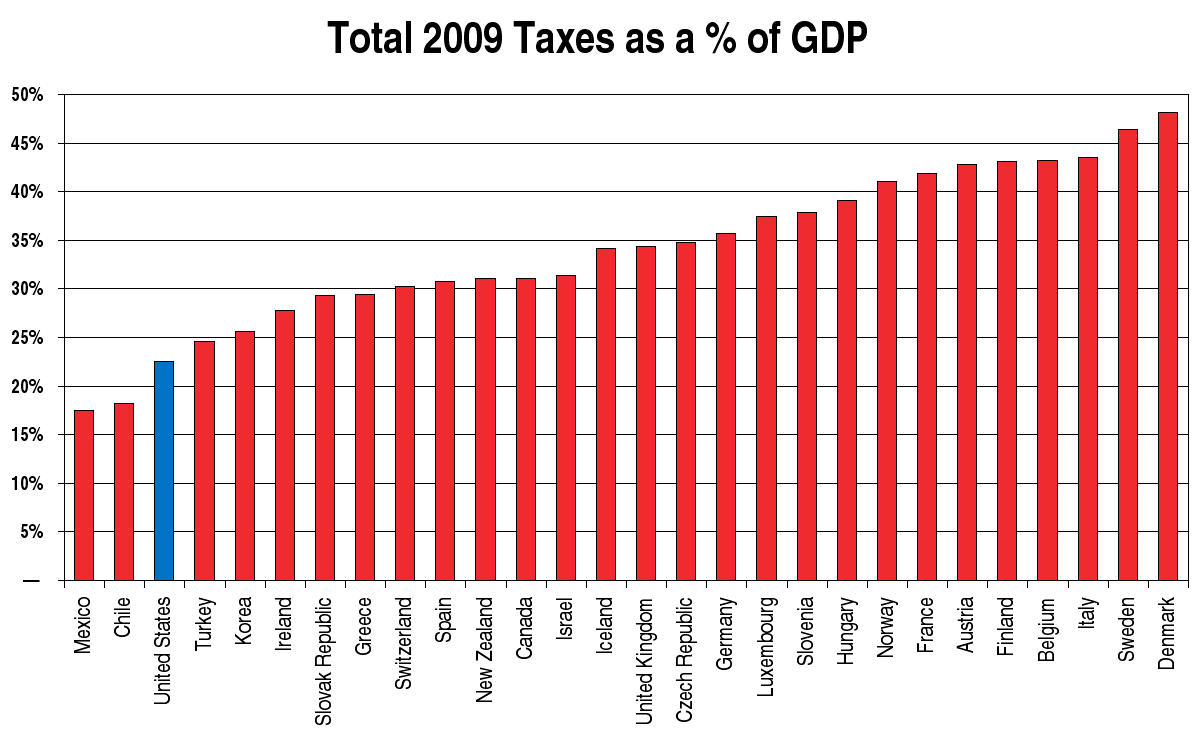 It’s no secret that once enacted, tax breaks receive far too little scrutiny from state lawmakers. Consider the debacle in Missouri, for example, where the state accidentally spent $1 billion more on tax credits beyond what lawmakers originally intended, in large part because the state’s budget rules left lawmakers with very few options for properly overseeing those tax breaks.
It’s no secret that once enacted, tax breaks receive far too little scrutiny from state lawmakers. Consider the debacle in Missouri, for example, where the state accidentally spent $1 billion more on tax credits beyond what lawmakers originally intended, in large part because the state’s budget rules left lawmakers with very few options for properly overseeing those tax breaks.
In an attempt to encourage lawmakers to spend more time discussing the true costs and benefits of tax breaks, Oregon enacted a law in 2009 requiring the vast majority of its tax credits to sunset within two, four, or six years. Last week, with the first batch of credits scheduled to expire at the end of this year, the Oregon legislature sent Governor Kitzhaber a bill that will scale back the size of the expiring tax breaks by some 75 percent over the next two years – from $40million to $10million. Similarly, the credits’ six-year, $500million price tag (had the legislature simply extended all the credits) will fall to roughly $136million.
Among the credits reduced by the legislation are the film tax credit, the biomass credit, and the research and development credit. The much maligned business energy tax credit (BETC) will also be replaced with new and smaller credits designed to encourage conservation and renewable energy.
Unfortunately, there is one troubling addendum to this story. Just days after passing these tax credit reductions, the legislature also gave approval to a costly new credit based on the federal New Markets Tax Credit (NMTC). The NMTC is ostensibly designed to encourage business investment in low-income communities, but as our friends at the Oregon Center for Public Policy (OCPP) point out, the credit often flows straight to the pockets of wealthy investors building upscale hotels and condominiums in areas that are hardly impoverished.
Moreover, the OCPP notes that this credit “will subsidize projects that will occur anyway,” and “despite all the talk about creating jobs, the bill does not attach job standards to receipt of the subsidy.” Additionally, “nothing in the bill matches the rhetoric that investments will be made in small businesses. The bill has no provision limiting the investments to small businesses.” On the bright side, there’s still time for Governor Kitzhaber to veto the NMTC, and regardless of whether or not the NMTC becomes law, Oregon’s tax credit spending will be much lower in the years ahead than would otherwise have been the case.
This success is thanks in no small part to the role Oregon’s 2009 sunset law played in pushing these costly tax breaks into the spotlight.
For more information on steps states can take to enhance the level of scrutiny applied to tax breaks, read CTJ’s report, How to Enact (and Maintain) Tax Reform.
 With the state’s gas tax pegged to the price of gasoline, North Carolina is scheduled to raise its gas tax rate tomorrow (July 1). This increase was entirely predictable, but is understandably controversial. Unfortunately, the debate surrounding what to do in the wake of this increase has been far too narrow, focusing on just two options: capping the maximum tax rate, or doing nothing at all.Read the ITEP Press Release.
With the state’s gas tax pegged to the price of gasoline, North Carolina is scheduled to raise its gas tax rate tomorrow (July 1). This increase was entirely predictable, but is understandably controversial. Unfortunately, the debate surrounding what to do in the wake of this increase has been far too narrow, focusing on just two options: capping the maximum tax rate, or doing nothing at all.Read the ITEP Press Release. Governor Lincoln Chafee’s balanced and reform-minded approach to closing the state’s budget shortfall for next fiscal year.
Governor Lincoln Chafee’s balanced and reform-minded approach to closing the state’s budget shortfall for next fiscal year.
 months of intense negotiations between the state’s Democratic governor, Mark Dayton, and the Republican controlled legislature, neither party seems prepared to budge from their preferred positions on balancing the budget.
months of intense negotiations between the state’s Democratic governor, Mark Dayton, and the Republican controlled legislature, neither party seems prepared to budge from their preferred positions on balancing the budget.  New Hampshire joins the majority of states that have patched
New Hampshire joins the majority of states that have patched 





 It’s no secret that once enacted, tax breaks receive far too little scrutiny from state lawmakers. Consider the debacle in Missouri, for example, where the state
It’s no secret that once enacted, tax breaks receive far too little scrutiny from state lawmakers. Consider the debacle in Missouri, for example, where the state  Last Friday night (6/24/11), New York Governor Andrew Cuomo signed into law the state’s
Last Friday night (6/24/11), New York Governor Andrew Cuomo signed into law the state’s  With just a few days left before the end of the fiscal year, Democratic lawmakers who control the legislature
With just a few days left before the end of the fiscal year, Democratic lawmakers who control the legislature  recently released
recently released